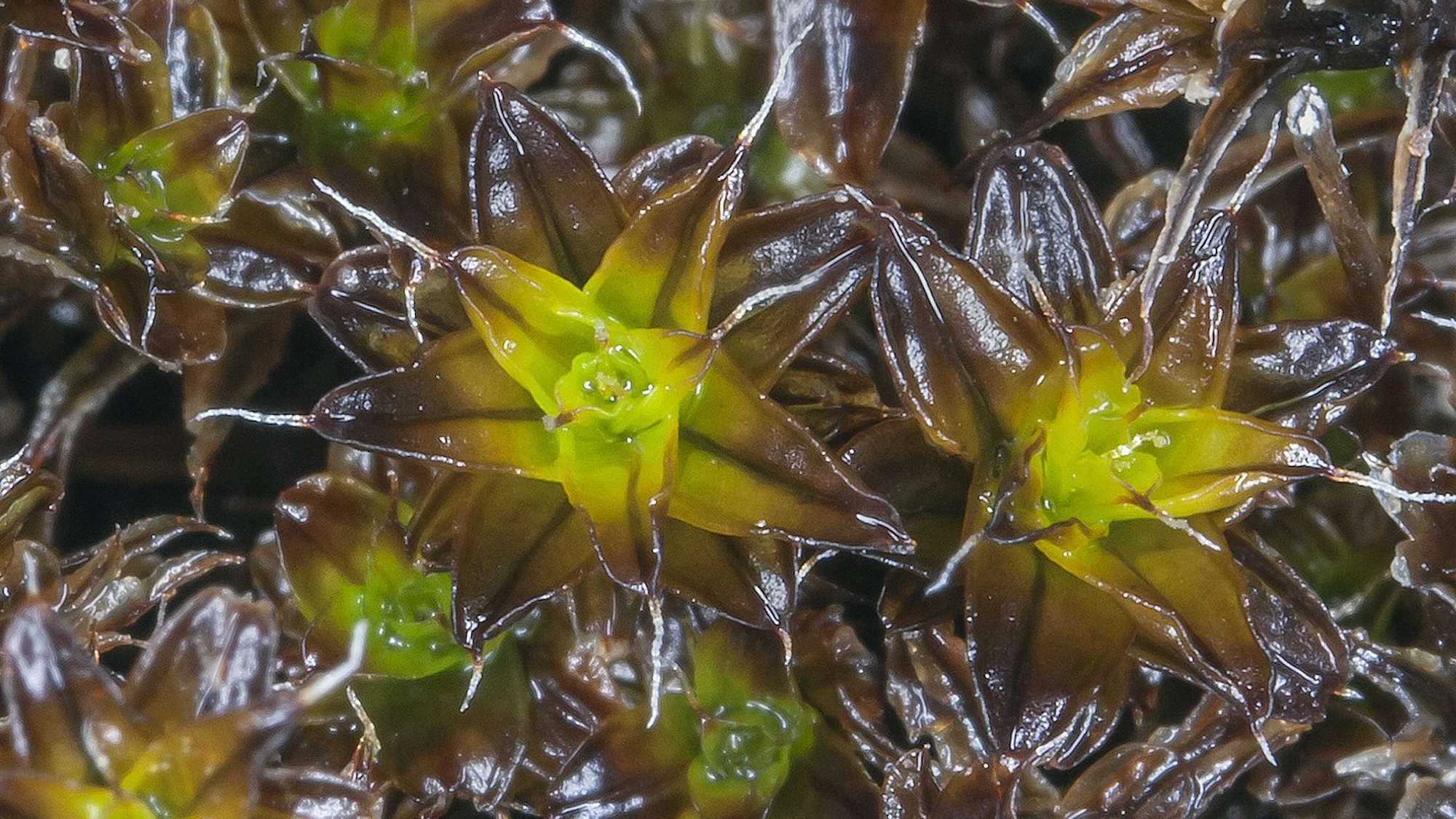

In terms of being hard-to-kill, few animals are more resilient than the tiny tardigrade. But the “water bear” isn’t the planet’s only nearly indestructible, extremotolerant living organism—an assuming desert moss known as Syntrichia caninervis can survive in some of the most inhospitable environments. Regardless of blistering heat, punishing cold, aridity, cloud cover, or radiation, S. caninervis can likely withstand the otherwise deadly conditions. And according to researchers, that’s what makes the plant a perfect Martian transplant.
In a paper published June 1 in the journal The Innovation, a team at the Chinese Academy of Sciences (CAS) argues S. caninervis is a “promising pioneer plant for colonizing extraterrestrial environments,” especially in scenarios like establishing a permanent base on another planet.
[Related: How super resilient tardigrades can fix their radiation-damaged DNA.]
“Many plans to establish human settlements on other planets focus on adapting crops to growth in controlled environments,” arid ecology experts note in their paper abstract. “However, these settlements will also require pioneer plants that can grow in the soils and harsh conditions found in extraterrestrial environments, such as those on Mars.”
The arid ecology experts at CAS believe S. caninervis is an extremely promising nominee for one of these future pioneer plants. After obtaining both fully hydrated and dehydrated moss samples, the team put them through the ringer—storing them in -112 degree Fahrenheit freezers for 3-5 years, submerging them in a liquid nitrogen tank (-320 degrees Fahrenheit) for 15-30 days, and exposing them to upwards of 16,000 grays of gamma radiation at a time.
From there, S. caninervis samples were then moved into a simulated Martian environment, complete with UV radiation, atmospheric pressures, and low-oxygen levels consistent with the planet’s surface. Some moss fared better than others (plants dehydrated by as much as 98-percent bounced back more easily than fully hydrated ones, for example), but S. caninervis generally proved extremely capable of enduring Mars.
Researchers believe much of its resilience is owed to the evolutionary history of moss itself. Mosses are thought to be the very first embryophytes to spread across Earth on land, but in order to do that, the team writes “these diminutive pioneer plants have evolved innate resistance to drought, UV radiation, and temperature fluctuations.”
This is thanks to an “intricate interplay” of mosses’ physiological, morphological, and molecular adaptations. The twisting leaves of S. caninervis, for example, conserves water by reducing surface area and transpiration, while its cellular makeup is designed to handle extreme desiccation. At a molecular level, S. caninervis also contains high amounts of sucrose and maltose, even after intense stress. This helps it to maintain its cellular architecture under duress, with the sugars then offering the energy reserves needed to recover once conditions improve.
[Related: To create a small Mars colony, leave the jerks on Earth.]
It’s important to note that even with all these impressive traits, it’s unlikely S. caninervis or most other mosses will ever become food staples for humans on Mars. That said, genetically engineering other plants to include these extremotolerant attributes may offer a promising way to strengthen them for Martian living. But even without any real nutrition value, moss like S. caninervis may help boost oxygen production, soil health, and carbon sequestration efforts, all of which will be necessary for humans to eventually thrive on Mars.
“Although there is still a long way to go to create self-sufficient habitats on other planets, we demonstrated the great potential of S. caninervis, a model moss plant, as a pioneer plant for growth on Mars,” the team writes.
Going forward, they hope to soon send S. caninervis samples to the moon, or even Mars, to begin testing real world tests.
